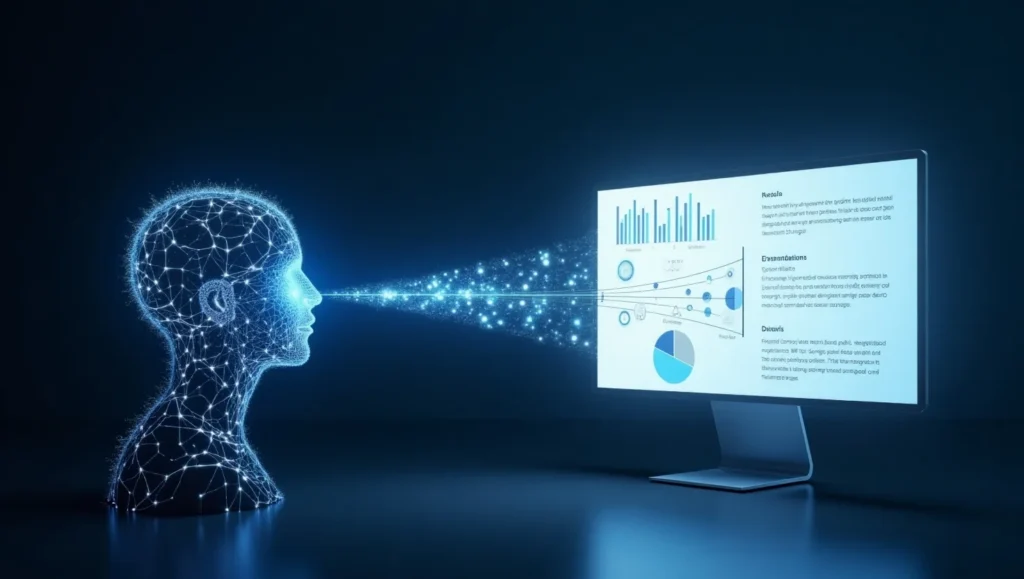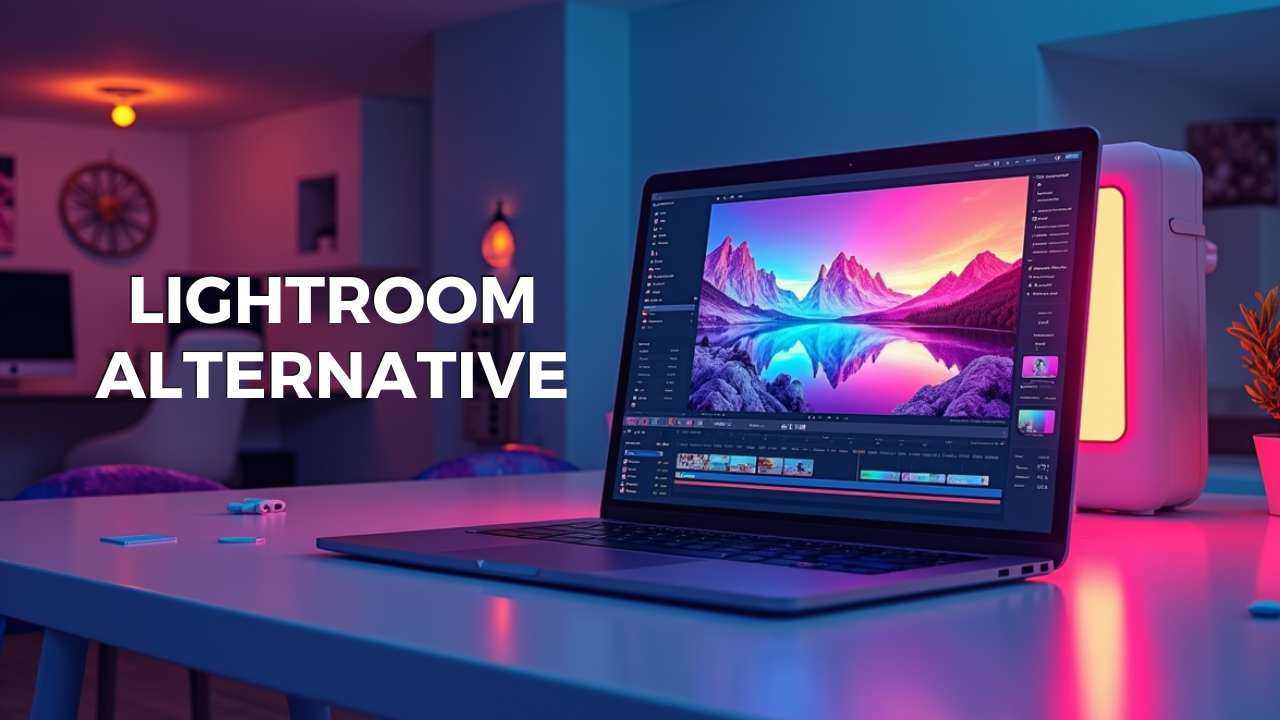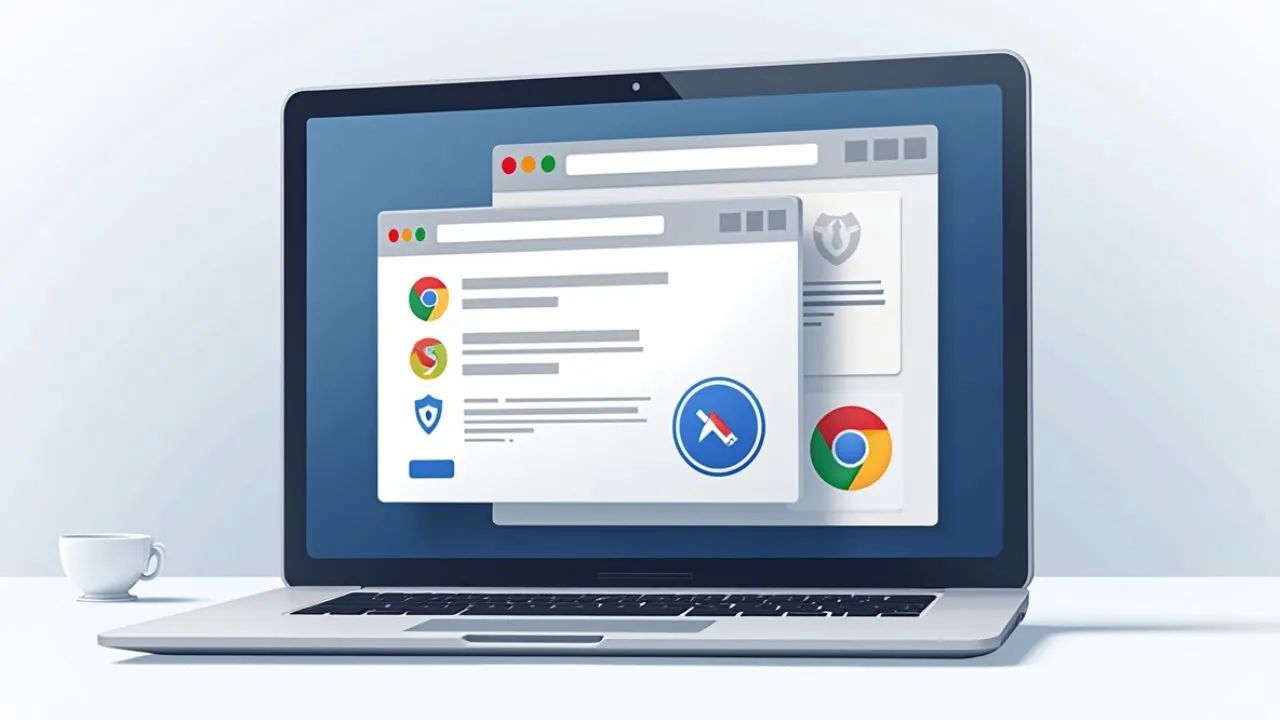In a world where attention spans are shrinking and information overload is the norm, the need for impactful, concise, and visually appealing communication is more important than ever. One of the most commonly used formats for communication—presentations—has begun to evolve rapidly with the help of AI-powered presentation tools and artificial intelligence.
For decades, presentations have been essential in business meetings, classrooms, conferences, and even casual knowledge-sharing environments. But creating a well-designed, engaging, and informative presentation has traditionally been time-consuming, requiring both content clarity and design skills.
With the rise of AI-powered tools, this once tedious process is becoming streamlined, smart, and even enjoyable.
AI: Enhancing Creativity, Not Replacing It
There’s a common misconception that AI replaces human creativity. In reality, AI in presentation tools acts more like a creative assistant than a replacement. It helps with:
- Structuring content into a logical flow
- Converting ideas or text into visually coherent slides
- Providing visual suggestions based on themes or tone
- Reducing repetitive design tasks like alignment, formatting, or font sizing
These features are especially beneficial for users who have solid ideas but struggle with design execution or simply lack the time to build everything from scratch. Many AI-powered platforms even integrate with or support popular formats like Google Slides themes, allowing users to maintain consistency and compatibility across different presentation environments.
The Mechanics of AI-Powered Presentation Tools

At the core of these tools lies Natural Language Processing (NLP), machine learning, and smart design algorithms. When a user inputs a topic, outline, or text content, the AI parses it to understand the core message, structure, and tone.
From there, the tool can:
- Suggest a relevant slide structure (e.g., title, bullet points, comparison layout)
- Recommend visuals or icons based on context
- Populate charts using available data
- Maintain aesthetic consistency across all slides
This intelligent automation significantly reduces time spent on planning and formatting—allowing users to concentrate on refining the message and narrative.
Real-World Use Cases
AI presentation tools are being widely adopted across industries and roles, including:
- Startups preparing investor pitch decks in tight timelines
- Sales teams need personalized client presentations
- Educators and trainers are building concept-based teaching materials
- Consultants creating structured reports and recommendations
- Students organizing research into coherent presentations for academic submissions
In all these cases, the goal is the same: present ideas in a clear, visual, and audience-friendly format—something AI can now support seamlessly.
SlideUpLift: A Case in Practical Application
SlideUpLift is one example of an AI-powered presentation tool that applies these principles. The platform focuses on helping users quickly generate business-ready professional powerpoint templates from basic input.
While traditional design platforms may require manual formatting, SlideUpLift incorporates AI to:
- Offer a quick start with structured templates
- Enable users to input a topic or prompt and receive draft slides
- Reduce friction in the content-to-design transition
Unlike generic tools, it tailors slides for specific professional contexts—like project updates, planning documents, or marketing strategies—where clarity and visual polish are key.
Though SlideUpLift is just one of many evolving tools in this space, it represents a growing trend: making intelligent, design-supported communication accessible to everyone.
The Future of Presentations with AI
We are only beginning to see how AI will transform how we build and deliver presentations. Potential developments include:
- Context-aware suggestions that adapt slides in real time based on audience feedback
- Speech-to-slide capabilities where spoken input generates or updates content
- Integration with real-time data for live dashboard-style presentations
- Accessibility enhancements, like automated alt text and language translation
Presentations will no longer be static documents—they’ll become dynamic, interactive storytelling tools that evolve with context and engagement.
Democratizing Design and Communication
One of the biggest impacts of AI presentation tools is their ability to democratize design. Not everyone is a designer, but everyone needs to communicate ideas effectively. AI bridges this gap by:
- Leveling the playing field for small businesses and independent creators
- Allowing non-designers to create high-quality presentations
- Removing barriers like budget, software expertise, or design training
This accessibility is helping professionals across industries focus on strategy, storytelling, and substance—the core pillars of impactful communication.
Conclusion
AI is not here to replace your voice—it’s here to amplify it. The rise of AI-powered presentation tools represents a broader shift toward intelligent communication systems that prioritize clarity, speed, and audience connection.
As these tools continue to evolve, users can expect an even more intuitive and collaborative design experience, where crafting compelling narratives becomes faster and more accessible.
For those looking to elevate their presentations without spending hours on formatting or design decisions, AI offers a practical, forward-thinking solution—and platforms like SlideUpLift are paving the way in that direction.



